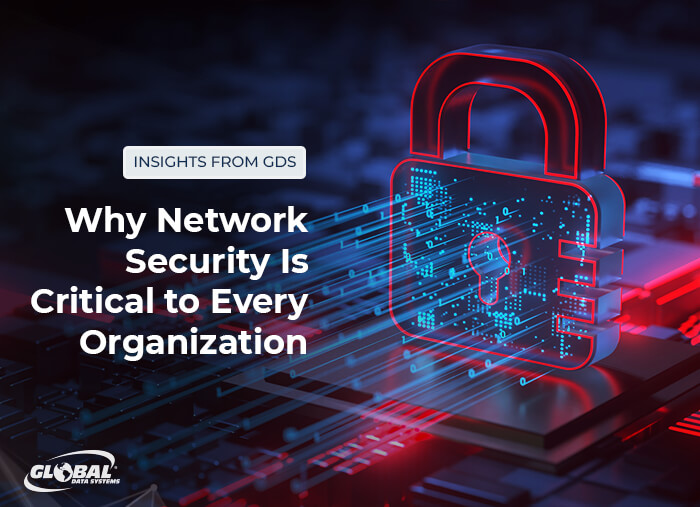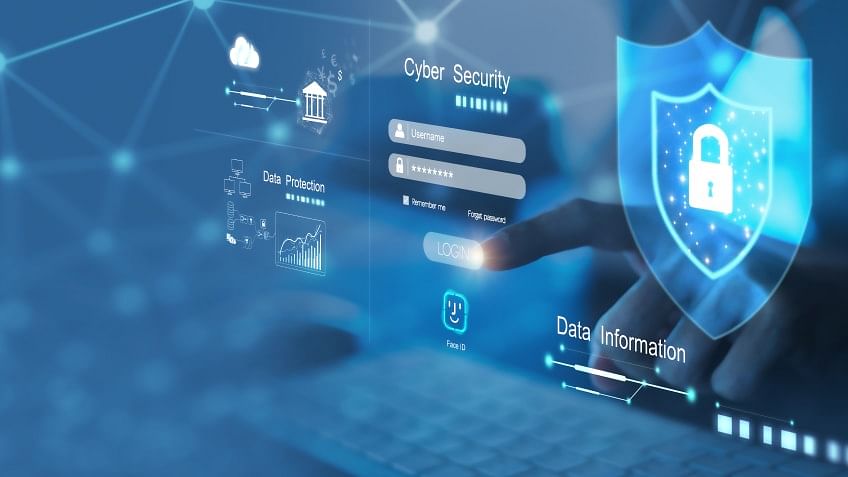FFT Pipeline Protection: Advanced Technologies to Safeguard Your Pipeline Infrastructure
Wiki Article
Just How Information and Network Safety And Security Safeguards Against Arising Cyber Hazards
In a period marked by the rapid advancement of cyber dangers, the significance of information and network safety and security has actually never ever been much more obvious. As these dangers end up being much more complicated, recognizing the interaction between data protection and network defenses is vital for mitigating dangers.Recognizing Cyber Threats

The ever-evolving nature of modern technology consistently introduces brand-new vulnerabilities, making it imperative for stakeholders to stay watchful. People may unwittingly fall sufferer to social design strategies, where opponents control them right into revealing delicate information. Organizations face special obstacles, as cybercriminals typically target them to manipulate valuable data or interfere with operations.
Additionally, the surge of the Internet of Things (IoT) has actually increased the attack surface, as interconnected gadgets can function as entry points for enemies. Identifying the importance of durable cybersecurity methods is essential for alleviating these threats. By cultivating a comprehensive understanding of cyber dangers, companies and people can implement effective methods to secure their electronic properties, making certain strength despite a significantly intricate threat landscape.
Key Components of Information Protection
Making certain information protection calls for a complex technique that includes different essential components. One fundamental component is information security, which changes sensitive information right into an unreadable style, available only to accredited customers with the ideal decryption secrets. This works as a crucial line of defense versus unauthorized access.Another vital component is accessibility control, which controls who can view or control data. By applying stringent user verification procedures and role-based access controls, companies can decrease the risk of insider risks and information breaches.

Additionally, information covering up strategies can be utilized to safeguard sensitive information while still permitting its usage in non-production atmospheres, such as testing and development. fft perimeter intrusion solutions.
Network Security Approaches
Applying durable network safety and security strategies is important for safeguarding a company's digital infrastructure. These approaches include a multi-layered method that includes both software and hardware options developed to protect the honesty, privacy, and availability of information.One crucial component of network protection is the implementation of firewall programs, which offer as a barrier in between trusted inner networks and untrusted external networks. Firewall softwares can be hardware-based, software-based, or a combination of both, and they help filter inbound and outgoing web traffic based on predefined protection rules.
In addition, invasion detection and prevention systems (IDPS) play an important role in keeping an eye on network web traffic for suspicious activities. These systems can alert managers to possible breaches and take activity to mitigate dangers in real-time. Routinely upgrading and covering software application is additionally essential, as susceptabilities can be manipulated by cybercriminals.
Additionally, carrying out Virtual Private Networks (VPNs) ensures protected remote accessibility, encrypting information sent over public networks. Segmenting networks can reduce the attack surface and contain prospective breaches, limiting their effect on the total facilities. By view it taking on these strategies, organizations can properly fortify their networks against emerging cyber risks.
Best Practices for Organizations
Establishing finest methods for organizations is vital in keeping a solid protection stance. A comprehensive approach to data and network security starts with normal threat evaluations to determine vulnerabilities and prospective risks. Organizations should implement durable access controls, guaranteeing that only authorized employees can access delicate data and systems. Multi-factor authentication (MFA) should be a standard need to boost safety layers.
Furthermore, continuous staff member training and understanding programs are essential. Staff members must be informed on recognizing phishing efforts, social engineering methods, and the significance of sticking to safety and security protocols. Regular updates and spot management for software application and systems are also essential to safeguard versus understood susceptabilities.
Organizations should check and develop occurrence response prepares to ensure preparedness for possible breaches. This consists of developing clear communication networks and roles during a protection event. Information file encryption need to be employed both at rest and in transportation to guard delicate information.
Finally, check my source carrying out periodic audits and compliance checks will certainly aid ensure adherence to relevant policies and well established plans - fft perimeter intrusion solutions. By adhering to these best practices, organizations can considerably improve their durability versus emerging cyber risks and secure their essential properties
Future Trends in Cybersecurity
As companies browse a significantly intricate electronic landscape, the future of cybersecurity is poised to evolve significantly, driven by shifting and arising modern technologies threat standards. One prominent trend is the integration of expert system (AI) and maker discovering (ML) right into safety structures, enabling for real-time danger detection and reaction automation. These technologies can analyze substantial quantities of data to identify abnormalities and prospective breaches more successfully than standard techniques.Another critical fad is the surge of zero-trust design, which needs continuous confirmation of individual identities and tool safety and security, no matter their place. This approach minimizes the threat of insider threats and boosts security versus outside attacks.
Furthermore, the raising fostering of cloud services requires robust cloud protection techniques that address special vulnerabilities connected with cloud settings. As remote work ends up being a permanent component, securing endpoints will certainly additionally end up being extremely important, bring about a raised emphasis on endpoint discovery and response (EDR) services.
Finally, regulatory compliance will remain to shape cybersecurity methods, pressing organizations to embrace a lot more strict information security steps. Welcoming these trends will be crucial for companies to fortify their defenses and navigate the advancing landscape of cyber threats successfully.
Verdict
To conclude, the execution of durable information and network security steps is vital for companies to secure versus arising cyber dangers. By using security, accessibility control, and reliable network protection approaches, companies can dramatically lower susceptabilities and secure sensitive information. Adopting best techniques better boosts durability, preparing organizations to face evolving cyber obstacles. As cybersecurity proceeds to advance, remaining notified their website regarding future trends will certainly be essential in keeping a strong protection versus prospective risks.In an era noted by the rapid development of cyber threats, the importance of data and network protection has never ever been more obvious. As these risks come to be much more intricate, comprehending the interaction in between data safety and security and network defenses is essential for alleviating dangers. Cyber threats include a wide variety of malicious activities intended at compromising the privacy, stability, and availability of networks and information. An extensive strategy to data and network safety starts with regular danger analyses to determine susceptabilities and potential dangers.In verdict, the implementation of robust information and network protection measures is vital for companies to safeguard against emerging cyber dangers.
Report this wiki page